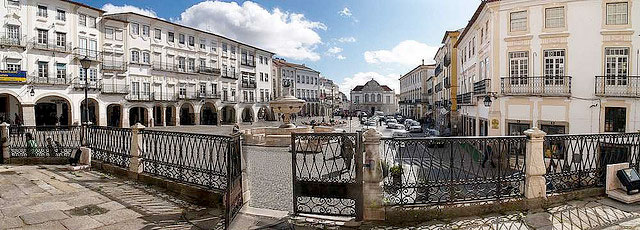[…] it is certainly possible to use language corpora and CL methodology in the language classroom. This “possibilities” scenario (Alcaraz and Pérez-Paredes, 2008) takes the research tools and methodology of the CL research paradigm straightaway to the language classroom. In other words, in the specific contexts of the language learning it seemed appropriate to do so. However, other considerations affecting pedagogic issues were simply neglected. The methodological transfer from the CL research area to the applied ring of language learning and teacher underwent no adaptation, and thus learners were presented with the same tools, corpora and analytical tasks as well-trained and professional linguists.
[…]
The “feasibility” scenario advocated by Alcaraz & Pérez- Paredes (2008) postulates itself as a complement to the possibilities scenario for learning environments other than the university or those
oriented towards professionals like linguists or translators. In this scenario language corpora are specifically compiled, annotated and exploited with a pedagogic intention. The main characteristics of this new scenario are defined against the present role of principled corpora in language education, and are concerned with the role played by corpora in language learning, corpus design issues such as annotation and usability, and, how the notion of authenticity is operationalized in this context.
Pérez-Paredes, P. (2010). Corpus Linguistics and Language Education in Perspective: Appropriation and the Possibilities Scenario. In T. Harris & M. Moreno Jaén (Eds.), Corpus Linguistics in Language Teaching (pp. 53-73). Peter Lang.
